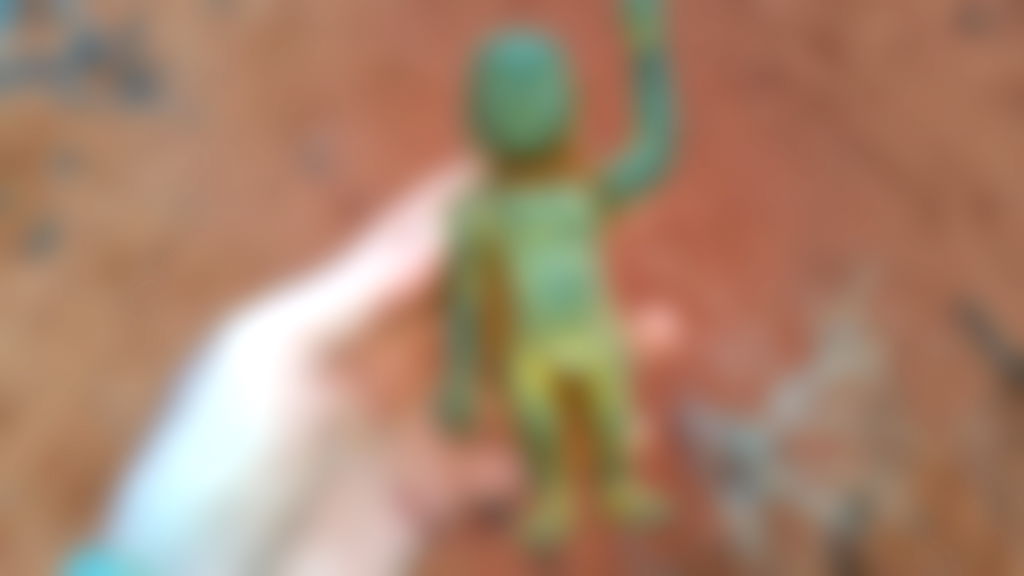Ming Dynasty infant Buddha statue unearthed in Australia has starting bid of $100,000


By Ines Shin
An infant Buddha statue that’s less than 6 inches tall will be put up for auction with a starting bid of $100,000.
In 2018, Leon Deschamps and Shayne Thompson discovered the figurine with a metal detector while searching Shark Bay, Australia.
Infant Buddha statues were typically presented during ceremonies celebrating the Buddha’s birthday, thus the youthful imagery.
Since the discovery, the Australian filmmakers, who run FINN Films, have been trying to solve the mystery of why the Buddha statue was in Australia and whether its discovery may reveal an earlier arrival to Australia by Chinese explorers than previously thought.
“In the last four years, it has cost us significant personal capital and time to be able to investigate and protect the Buddha appropriately,” Deschamps and Thompson said. Since their discovery, the two have spent more than $50,000 on efforts to reveal the artifact’s origins, including laboratory research and travel to meet with scientists.
After the figurine was evaluated by an art expert on the British TV program “Antiques Roadshow,” it was identified as originating in the Ming Dynasty.
Asian art specialist Lee Young labeled the figurine a “world treasure.”
“Let’s clear it up straight away. Yes, it is Ming,” Young said. He added that the location of its discovery would increase its value from between $5,000 and $9,000 to over $100,000 if its link to 15th-century China is confirmed.
Corrosion expert and retired Western Australian Museum fellow Dr. Ian McLeod confirmed that the statue was “not a forgery” and must have been buried in that exact location for more than 100 years.
“It is not possible, even with the most sophisticated chemical methods, to develop a complex patina such as found on the Shark Bay bronze object,” McLeod determined.
Deschamps and Thompson said that the discovery site is blocked off and under surveillance. They hope that the government will work with the Chinese community and Indigenous custodians to find the statue’s missing index fingers and learn more about its origins through a co-funded archaeological dig.
In the future, the two discoverers hope that a replica of the statue will be made to be kept in an Australian museum where its story can be displayed. They also hope that the statue will find an appropriate home.
“Sacred objects belong with the communities they are sacred to,” Deschamps wrote in a statement. “We do not consider ourselves owners of the Infant Buddha but rather custodians and we have done our utmost to show this sacred object the respect it deserves.”
Share this Article
Share this Article





